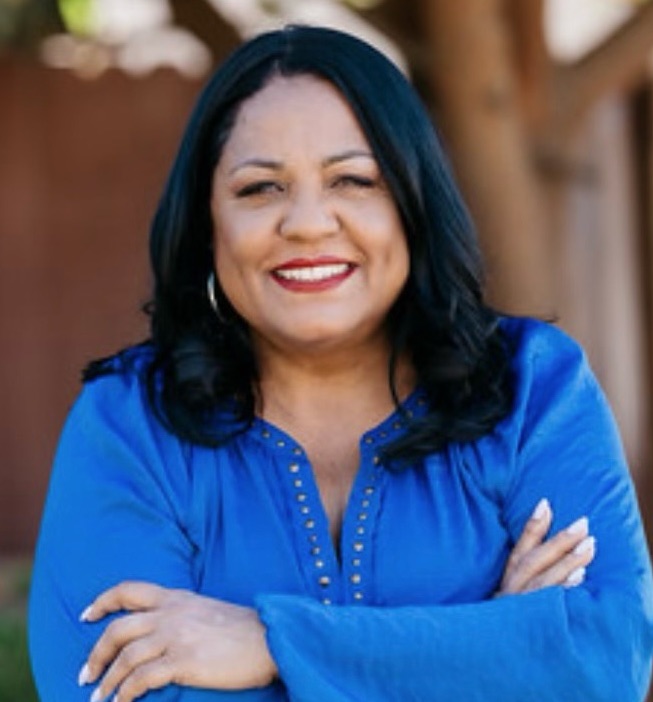Members of a Los Angeles City Council committee today asked for additional information before moving ahead with a proposal requiring more buffer space between oil- and gas-drilling sites and sensitive areas and restricting new extraction sites.
Residents who spoke at the Energy, Climate Change and Environmental Justice Committee said they’ve been affected by drilling operations in their neighborhoods and demanded the city implement greater protections.
Dozens of residents asked the committee to approve a proposal to add a 2,500-foot health-and-safety buffer that would effectively phase out active oil wells close to homes and schools within five years. The proposal also calls for the city to pursue a workforce development and economic revitalization program that would assist oil and gas workers affected by the new restrictions, while also providing clean-up operations in polluted neighborhoods.
Living in Wilmington, the community with the highest concentration of oil drilling activity, I know firsthand that the solutions need to be rooted in prioritizing community health, but also in protecting workers,” said Ashley Hernadez, who said she lives a block away from an active oil drilling facility.
Members from the group Stand Together Against Neighborhood Drilling- Los Angeles said the city petroleum administrator’s recommendation of a 600- foot setback from residencies, schools and places of worship for existing oil and gas wells, as well as a 1,500-foot setback for new wells, doesn’t go far enough to protect people.
The committee asked for a report from the City Attorney’s Office on the proposed buffer zones before the issue moves forward, although committee members acknowledged the health issues.
“We’ve heard firsthand accounts here and elsewhere of kids with nosebleeds and cancer clusters,” City Councilman Paul Koretz said.
The city’s petroleum administrator, Uduak-Joe Ntuk, said there are 16 active drilling sites and about 700 active oil wells within the city. There haven’t been any additional oil drilling operations started in Los
Angeles in the last five years, although there are permit applications pending, Ntuk said.
Councilman Mitch O’Farrell said if the city does move forward with restrictions on the operations and oil and gas workers are displaced, there needs to be an equitable outlet for them to find new employment.
“No one wants someone to come into or be forced into a new field if they’re only making a fraction of what they were making before,” O’Farrell said. “Now’s the hard time to ask those difficult questions … so we can move together forward in this new green economy.”
One speaker at the meeting noted that locally extracted petroleum is not just used in gasoline but in building materials and other everyday products. He said shutting down the city’s oil fields would mean petroleum would have to be imported to Los Angeles.
Koretz said local refineries are already importing 98% of their oil, so there wouldn’t be much of a change to their product output, but he conceded the proposals would reduce the city’s production.
The idea of banning oil and gas drilling could have wide-ranging implications, officials said in July, noting more than 580,000 residents live within a quarter-mile of a drill site.
According to the petroleum administrator’s report, the proposed regulations for Los Angeles could cost the city least $724 million in anticipated litigation, lost oil production, well abandonment, environmental
The report also stated the potential cost to the city could range from $1.2 billion to $97.6 billion in constitutional taking of mineral rights from owners of the city’s remaining 1.6 billion barrels of recoverable oil and gas reserves.






